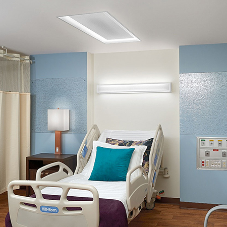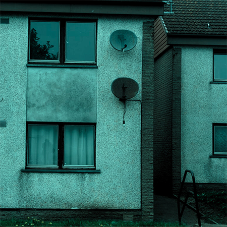Over the last 10 years retail construction output has been on an underlying downward trend, mainly due the recession adding pressure on the housing sector and uncertainties about Brexit. Between 2007 and 2017 contractors output declined from £8.3bn to £6.1bn. Annual growth since 2015 has been volatile as the market is yet to show clear signs of recovery.
Over the last several years there has been a marked shift away from retail newbuild schemes, mainly supermarkets, shopping centres and retail warehouses and a push towards store conversions and interior refurbishment. This has been particularly noticeable within the grocery sector, with a substantial reduction in large-scale out-of-town store schemes and an increase in the conversion of vacant in-town premises into convenience / local stores. This has contributed towards the low level of output in 2016, as have the store conversions roll out programmes of the big discount store chains.
Although the discount grocery and mixed retail groups have been expanding their store portfolios at a very fast rate, this has meant limited high -value construction work. Most new stores being rolled out by Aldi, Lidl, B & M Retail and Home Bargains are conversions, whereby fit-out requirements are limited by their basic design.

A continued trend for many retail projects is now for inclusion within mixed use developments that often include hotel/office projects or as part larger redevelopments which include associated leisure facilities. There has been a significant shift from purely retail-driven outlets to ‘destination’ mixed retail, leisure and family entertainment venues.
In terms of market segmentation ‘general’ retail construction and RMI accounted for around two thirds of contracts awarded by value between May 2017 and June 2018. Included here are stores such as High Street outlets, department stores, discount chains and variety stores. Grocery multiples represented the next largest sector with around a quarter of contracts. Retail warehouses and shopping sectors share the remainder of the market.
Prospects for retail construction remain mixed with output declines expected in 2018 and 2019 followed by modest growth to 2022 when output is forecast to be around £6.1bn, the same as 2017 levels.
Whilst new retail construction work is coming through in 2018, the size, value and type of projects are changing with an emphasis on smaller refurbishment work, rather than larger new build. The focus of grocery retailers is now on smaller discount stores, fit-out projects and the conversion of under-used or redundant retail space to other uses.
There is likely to be a significant level of retail RMI into the medium-term and beyond as organisations expand into larger premises and empty retail space is put back into use. Retailers with large under-utilised stores in their portfolios have seen excess space being filled by leisure operators, such as gyms or as serviced or co-working office spaces.
Related Blog Articles



crop192.png)












